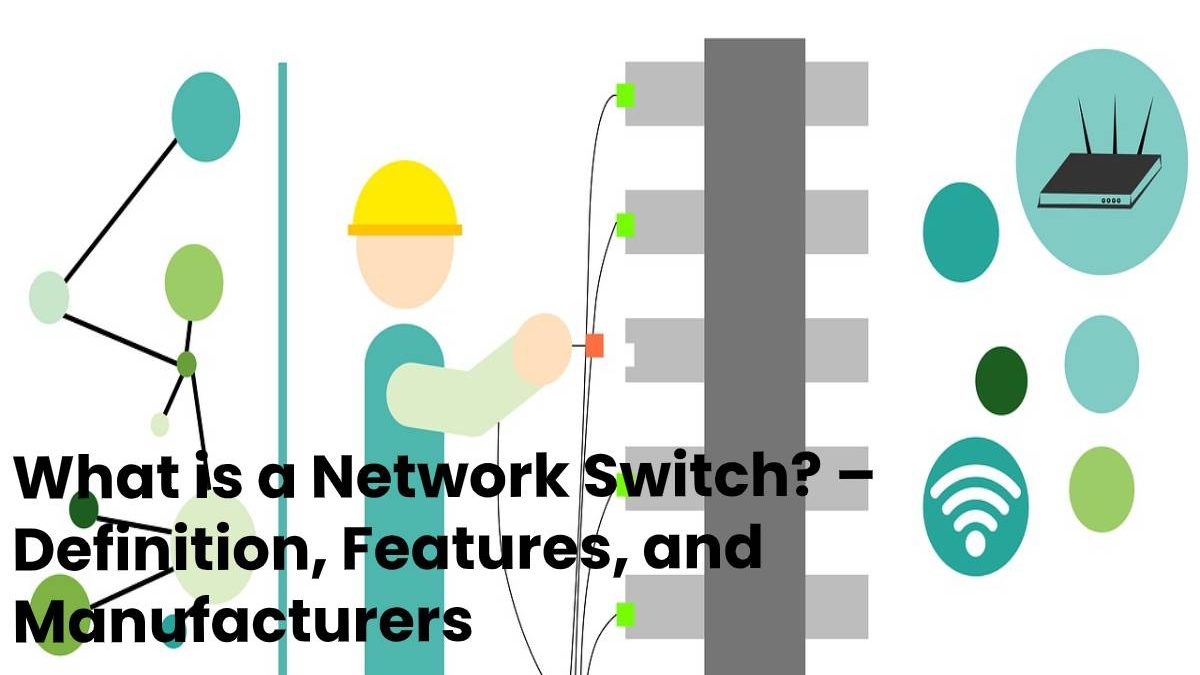Table of Contents
Definition Network Switch
A switch is a network hardware device that allows communication between devices within a network, such as your local home network.
Most home and small business routers contain built-in switches.
A switch is more correctly known as a [network switch] when it is related to the computer network — and also known as a switching hub.
Important switch data
The switches are in unmanaged and managed forms also.
Unmanaged switches have no options and work immediately.
Managed switches have advanced options that configure easily. Managed switches also contain software called firmware that must be updated as published by the switch manufacturer.
The switches connect to other network devices only through network cables and, therefore, do not need drivers to run on Windows or other operating systems.
Features of Network Switch
The switches connect several network devices, such as computers, to allow communication between them. The switches have several network ports, sometimes dozens, to connect several devices.
Typically, a switch connects, via a network cable, to a router and then physically, again through a network cable, to the network interface cards on any network device you may have.
Everyday Tasks of the Switch
Here are some collective actions that you can perform with a managed [network switch]:
Change the password of a switch
Update the firmware of a switch
Network switch manufacturers
Cisco, NETGEAR, HP, D-Link
Commutation
The switching technology operates at level 2 of the OSI reference model. It is merely a sending process in which messages are sending in packages. Each package contains the necessary addresses for shipment; in the different nodes of the network, these packets are received in the queue and retransmitted after analysis.
Creation of the MAC address table
The difference with a hub or HUB comes from the method of returning information packets to the recipient. A HUB only forwards the received information packet to all connected peripherals.

